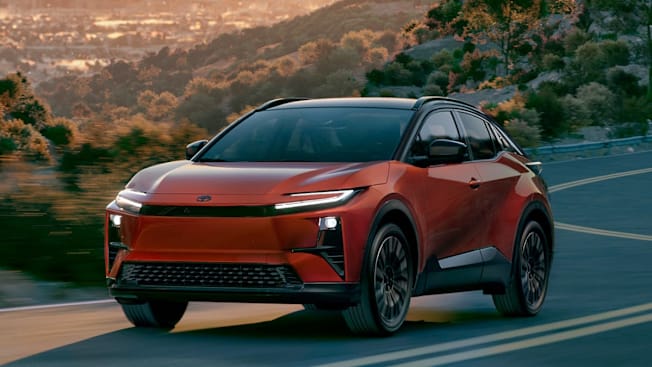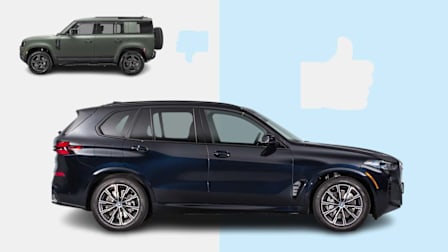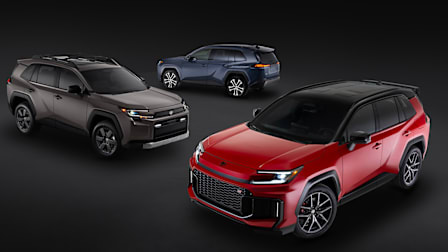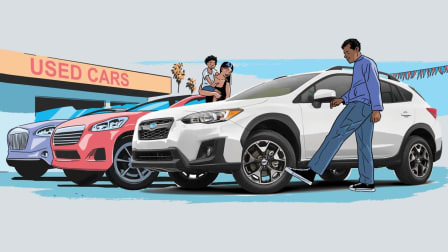Preview: All-New 2026 Toyota C-HR Goes Electric
Stylish crossover gains size, power, space, and features
The sporty-looking Toyota C-HR returns as a spirited electric vehicle, with 338-horsepower, a 290-mile range, and standard all-wheel drive. These specs alone address some of our chief criticisms of the original model. Continuing the partnership between Toyota and Subaru, the C-HR will be joined by the similar Subaru Uncharted.
Where the first C-HR felt like an outcast from the youth-focused Scion brand with its heavy use of plastic materials and style-over-function design, this second-generation model promises a significant upgrade in performance, comfort, convenience, and safety features, while retaining a familiar shape.
CR's Take
The new C-HR looks to be reinvention done right, with many clear improvements. The original “Coupe High-Rider” had wild styling that resulted in tanklike outward visibility. Both ride and handling were decent, but acceleration was “abnormally slow,” as we described it in the road test, with 0-60 mph taking more than 11 seconds to clock.
Ditching the anemic four-cylinder engine for electric motors catapults the C-HR into modernity, with Toyota claiming the new version can complete that sprint in a more muscle-car-like 5 seconds—less than half the time!
Enhancements throughout elevate the C-HR from its original bargain-bin status, with many standard comfort, convenience, and safety features. Buyers beware that a significant number of fee-based subscription services could add up as their free trial periods expire.
All told, we will find out if the reborn C-HR fulfills its promises when we buy one to test.
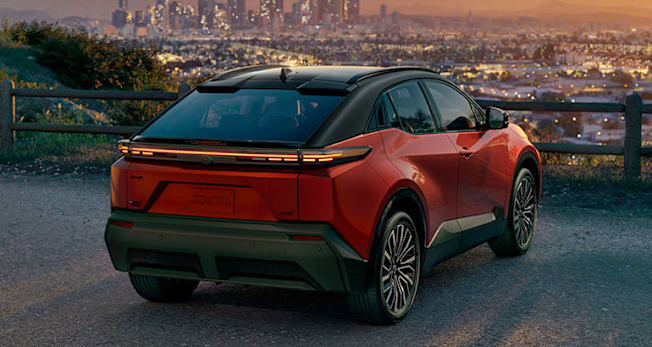
Photo: Toyota Photo: Toyota
Outside
Credit to Toyota for making the new C-HR resemble the old one enough that the connection is clear, while gracing the front with the latest brand styling, as also seen on the Toyota Crown Signia, and enlarging the rear side glass (and with it, hopefully improving over-the-shoulder visibility).
Standard exterior features like the low-profile roof rails and rain-sensing windshield wipers add value. Unfortunately, Toyota has retained the rear door handles of the original C-HR, which are awkwardly positioned up high near the rear roof pillar.
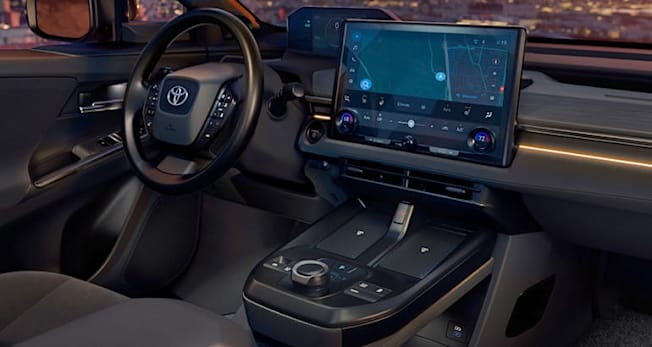
Photo: Toyota Photo: Toyota
Inside
The cabin is very screen-centric, with a slightly different design than seen in other recent Toyotas. The digital instrument panel is recessed back from the steering wheel. The center infotainment screen looks as if it was borrowed from a Lexus TX, complete with the integrated temperature dials, each fitted with its own circular display.
The system comes with several trial memberships to connected services, such as Intelligent Assist, which issues plain-language voice commands to program the navigation system or adjust the climate settings. Cloud Navigation downloads the latest data and mapping for route guidance. Wi-Fi Connect allows the vehicle to serve as a mobile hotspot.
The C-HR SE has a six-speaker audio system. The XSE upgrades the base system to a JBL one with eight speakers plus a subwoofer.
The stereo has dual Bluetooth capability, allowing two phones to be connected. It also comes with wireless Android Auto and Apple CarPlay.
Two prominent Qi wireless phone chargers dominate the front center console.
The interior has adjustable accent lighting, adding to the overall electric vibe of this tech-centric car.
The rear passengers have their own USB ports and climate controls. A panoramic roof is available.
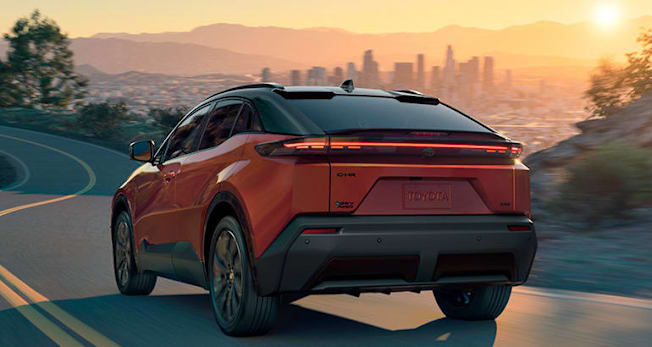
Photo: Toyota Photo: Toyota
What Drives It
The C-HR comes standard with all-wheel drive, enabled by motors in the front and rear. (The original C-HR didn’t even offer AWD.) Together, the motors produce 338 horsepower—that’s a whopping 194 more horsepower than before.
The motors are backed up by a 74.7-kWh lithium-ion battery. The car has an 11-kW onboard AC charger to facilitate relatively quick Level 2 charging. It also has an NACS charge port, making it compatible with Tesla Superchargers. DC fast charging enables the battery pack to go from 10 percent to 80 percent state-of-charge in about 30 minutes, says Toyota. The C-HR includes a trial for Remote Connect, a subscription service that allows the owner to check charging status, stop/start charging, and adjust charging schedules. It also enables pre-conditioning the cabin, such as warming it on a cold day, while the vehicle is still plugged in.
Safety and Driver Assistance Systems
The C-HR comes with Toyota Safety Sense 3.0, featuring automatic emergency braking with pedestrian detection, lane departure warning, lane keeping assistance, adaptive cruise control, and automatic high beams. In addition, it has standard blind spot warning, rear cross traffic warning, and a safe exit assist system, which monitors for passing vehicles before it allows passengers to open the doors.
It includes a five-year trial for the connected safety services, which include an SOS button for emergency assistance, automatic crash notification, and a stolen vehicle locator.

















